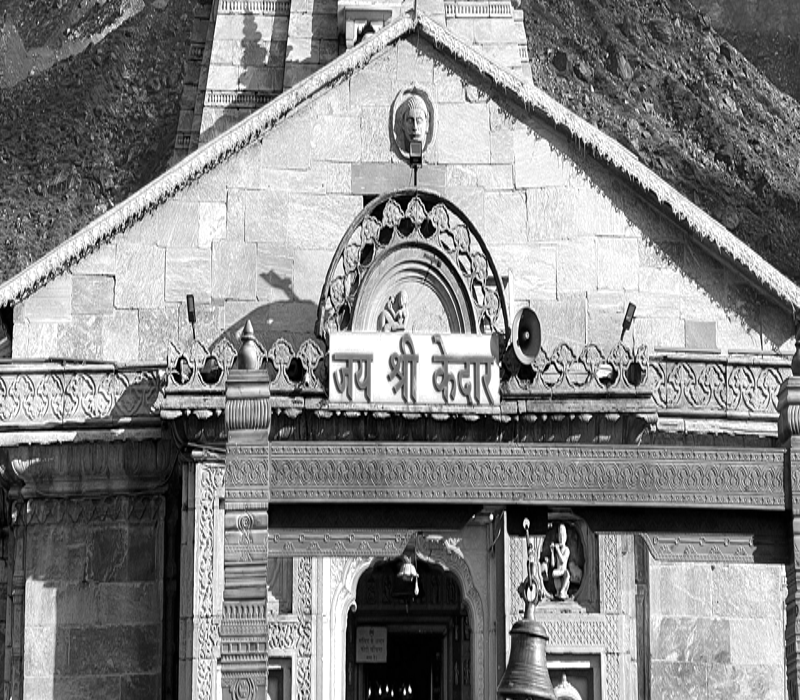- Offices: Dehradun | Dwarka New Delhi
Mostamanu Temple, Pithoragarh, Uttarakhand: A Sacred Oasis of Devotion and Heritage - Nestled in the lap of the majestic Himalayas, the state of Uttarakhand in India is renowned for its spiritual sanctuaries, cultural richness, and breathtaking landscapes. Among its many treasures, the Mostamanu Temple in Pithoragarh stands as a beacon of devotion and heritage, inviting pilgrims, seekers, and travelers to experience its profound spiritual resonance, historical significance, architectural elegance, and the transformative journey it offers. In this comprehensive exploration, we embark on a journey to uncover the spiritual allure of the Mostamanu Temple, delving into its history, cultural importance, architectural marvel, and the deep spiritual experiences it bestows upon all who tread its sacred grounds.
Introduction to Mostamanu Temple:
Perched at an elevation of approximately 1,950 meters above sea level, the Mostamanu Temple is a divine abode that radiates spiritual energy and serenity. Situated in the Pithoragarh district of Uttarakhand, this ancient temple is dedicated to Lord Shiva, a principal deity in Hinduism. Its name, "Mostamanu," is a blend of "Motsa," referring to Lord Shiva, and "Manu," signifying "heart" or "mind." Together, these elements symbolize the union of the divine and the devotee's innermost essence.
The temple's location amidst the Himalayan splendor enhances its spiritual ambiance, creating an atmosphere where seekers can connect with both the cosmic forces and the tranquility of nature. The Mostamanu Temple is more than a place of worship; it's a sanctuary that calls upon the faithful to embark on a spiritual journey of introspection, devotion, and transformation.
Historical and Mythological Roots:
The history of the Mostamanu Temple is deeply intertwined with both mythological narratives and historical accounts. It is believed to have been built centuries ago, with its origins dating back to ancient times. The temple's foundations are rooted in the spiritual practices of sages, saints, and devotees who sought communion with the divine amidst the Himalayan heights.
A prominent mythological association of the temple is linked to the Mahabharata, an ancient Indian epic. It is believed that the Pandavas, central figures of the Mahabharata, visited the region during their exile and established the temple as an homage to Lord Shiva. This connection adds a layer of spiritual depth to the temple's identity, evoking the epic's grandeur and the sacredness it imparts to the surroundings.
Architectural Elegance and Spiritual Resonance:
The architectural brilliance of the Mostamanu Temple reflects the rich heritage of North Indian temple architecture. Intricate carvings, ornate domes, and meticulous attention to detail characterize the temple's structure. The sanctum sanctorum enshrines the sacred idol of Lord Shiva, exuding an aura of divinity that captivates the hearts of devotees.
As visitors step into the temple's sanctified space, the rhythmic chants of sacred mantras and the fragrance of incense create an environment conducive to prayer, meditation, and spiritual contemplation. The atmosphere within the temple's walls nurtures a connection with the divine, allowing devotees to transcend the material realm and enter a space of profound devotion.
Cultural Significance and Pilgrimage:
The Mostamanu Temple holds immense cultural significance for both the local community and devotees who travel from afar. The temple serves as a place of spiritual congregation, particularly during auspicious occasions and festivals dedicated to Lord Shiva. Mahashivaratri, a festival celebrating the divine aspect of Lord Shiva, witnesses a surge of pilgrims who gather to offer prayers, perform rituals, and seek blessings.
The journey to the Mostamanu Temple is not merely a physical pilgrimage; it's a soulful voyage of dedication, devotion, and spiritual transformation. The uphill path to the temple becomes symbolic of the seeker's inner ascent—a journey marked by determination, challenges, and eventual union with the divine. As pilgrims stand before the deity's sacred idol, a sense of peace, reverence, and spiritual rejuvenation envelops them, leaving an indelible mark on their hearts.
Natural Harmony and Contemplation:
The temple's setting amidst the Himalayan grandeur adds to its spiritual charm, offering a harmonious blend of nature and divinity. The surrounding landscapes, adorned with towering peaks, lush forests, and tranquil meadows, create an environment that invites contemplation, meditation, and a sense of awe before the grandeur of creation.
Many seekers and devotees find solace in the temple's serene surroundings, using them as a space for self-reflection and inner exploration. The sight of the majestic mountains and the rustling leaves carries an invitation to detach from worldly concerns and attune oneself to the deeper rhythms of existence.
Preservation and Reverence:
As the Mostamanu Temple gains recognition for its spiritual significance and architectural beauty, the importance of its preservation becomes paramount. Local communities, in collaboration with governmental bodies and cultural organizations, play a pivotal role in maintaining the temple's authenticity, sanctity, and architectural integrity.
Efforts to promote responsible tourism and sustainable practices are essential to balance the temple's increasing visitors with its natural surroundings. Initiatives that advocate eco-friendly measures, waste management, and community engagement contribute to the temple's longevity while preserving its connection to its spiritual heritage and the environment.
Conclusion:
The Mostamanu Temple, nestled amidst the Himalayan splendor of Pithoragarh, Uttarakhand, transcends being a mere place of worship; it's a journey of the heart and spirit. Its historical legacy, architectural grandeur, and serene ambiance invite seekers, devotees, and wanderers to embark on a transformative inner quest.
As you ascend the path to the Mostamanu Temple, you're not just ascending steps; you're ascending to a higher state of consciousness, where the boundaries between the sacred and the mundane fade. The temple's majestic presence, the Himalayan backdrop, and the sanctified atmosphere inspire reverence, humility, and wonder before the mysteries of existence. The Mostamanu Temple stands as a bridge between the finite and the infinite, guiding all who approach with an open heart to experience the beauty, sanctity, and transformative power of spiritual devotion.

